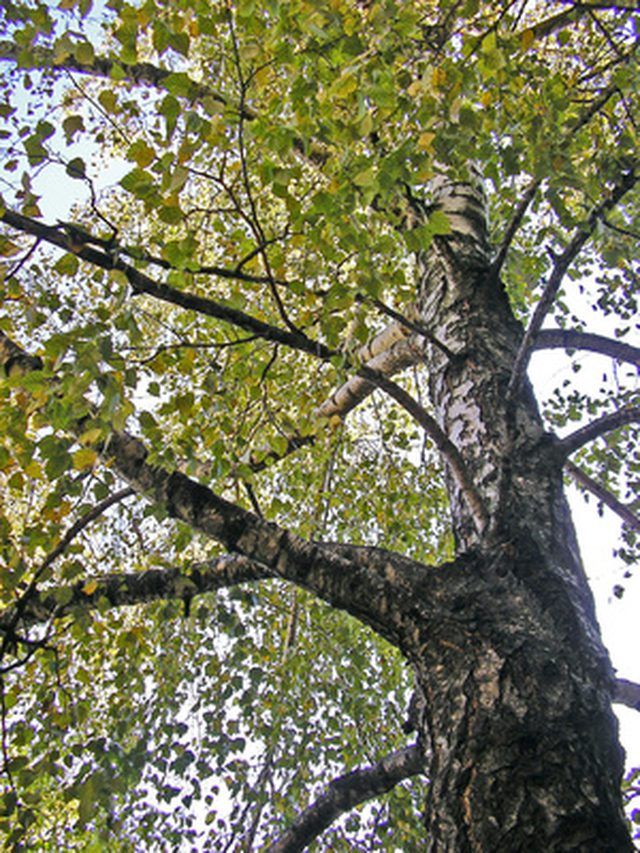Bulbs
Flower Basics
Flower Beds & Specialty Gardens
Flower Garden
Garden Furniture
Garden Gnomes
Garden Seeds
Garden Sheds
Garden Statues
Garden Tools & Supplies
Gardening Basics
Green & Organic
Groundcovers & Vines
Growing Annuals
Growing Basil
Growing Beans
Growing Berries
Growing Blueberries
Growing Cactus
Growing Corn
Growing Cotton
Growing Edibles
Growing Flowers
Growing Garlic
Growing Grapes
Growing Grass
Growing Herbs
Growing Jasmine
Growing Mint
Growing Mushrooms
Orchids
Growing Peanuts
Growing Perennials
Growing Plants
Growing Rosemary
Growing Roses
Growing Strawberries
Growing Sunflowers
Growing Thyme
Growing Tomatoes
Growing Tulips
Growing Vegetables
Herb Basics
Herb Garden
Indoor Growing
Landscaping Basics
Landscaping Patios
Landscaping Plants
Landscaping Shrubs
Landscaping Trees
Landscaping Walks & Pathways
Lawn Basics
Lawn Maintenance
Lawn Mowers
Lawn Ornaments
Lawn Planting
Lawn Tools
Outdoor Growing
Overall Landscape Planning
Pests, Weeds & Problems
Plant Basics
Rock Garden
Rose Garden
Shrubs
Soil
Specialty Gardens
Trees
Vegetable Garden
Yard Maintenance
Why Do Birch Tree Leaves Turn Yellow?
Why Do Birch Tree Leaves Turn Yellow?. Birch trees are popular trees across the United States. Their welcome shade and attractive pale bark add beauty and value to homes and landscapes. But yellowing, sickly leaves are far from attractive. Officially named chlorosis, it's a common problem for birch and other shade trees.

Birch trees are popular trees across the United States. Their welcome shade and attractive pale bark add beauty and value to homes and landscapes. But yellowing, sickly leaves are far from attractive. Officially named chlorosis, it's a common problem for birch and other shade trees.
Symptoms
The primary symptom of chlorosis is yellowing of the leaves in early summer. If you look closely at the affected leaves, the veins are green but the rest of leaf is yellow. By fall, the leaves may have brown patches.
Causes
According the University of Minnesota Extension, the most common cause of chlorosis is when the tree is growing in soil that is too alkaline (with a pH above 7), meaning it can't absorb enough iron and manganese, two nutrients essential to healthy leaves. Alkaline soil is frequently a problem in urban areas where the materials used for roads and buildings leach into the soil, raising the pH. Too much phosphorous or potassium in the soil also can cause chlorosis. And poor-draining soil also contributes to the problem because it is low in oxygen.
Foliar Sprays
One way to treat chlorosis is with foliar sprays such as Greenol, Mir-Acid or Acid-Gro, which consist of an iron chelate and water mix that is sprayed onto the tree leaves. You may see results from this treatment within a few days, but it does not correct the problem permanently. You may be able to treat smaller trees yourself with a sprayer made for home use. For larger trees, you need to hire experts with commercial sprayers.
Soil Incorporation
Soil incorporation is another method for treating chlorosis. Sulfur or iron sulfate is applied to the soil to lower the pH, allowing the tree roots to absorb more iron. The San Diego State University Extension experts recommend applying 80 pounds of granular sulfur to every 1,000 square feet of soil surface. You may not see results with this method until a year after treatment.
Tips
If foliar sprays or soil incorporation are not producing improvement, consider calling a trained arborist to evaluate your birch tree. They can inject trees with iron or manganese compounds that may correct the problem.